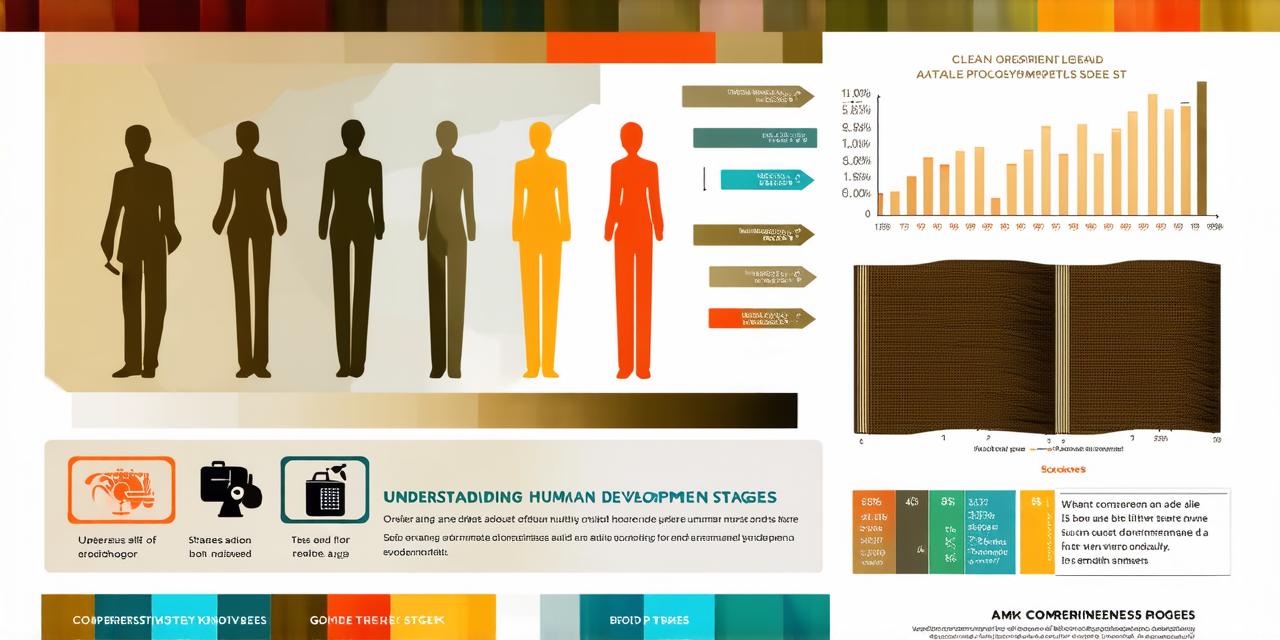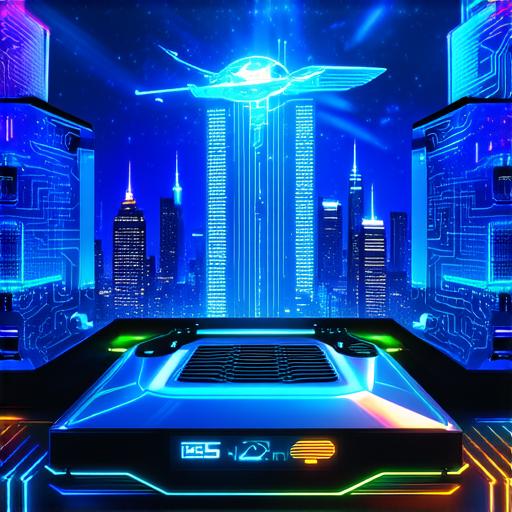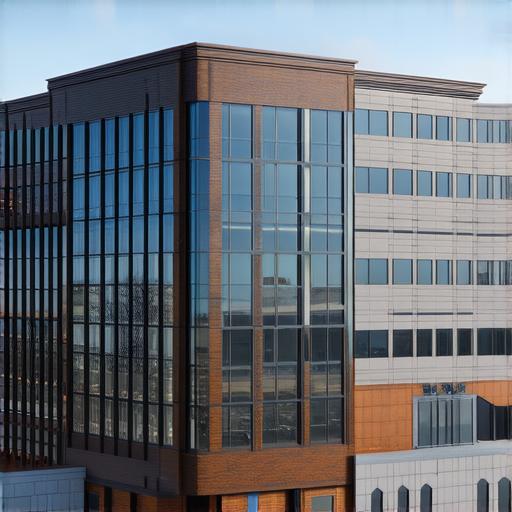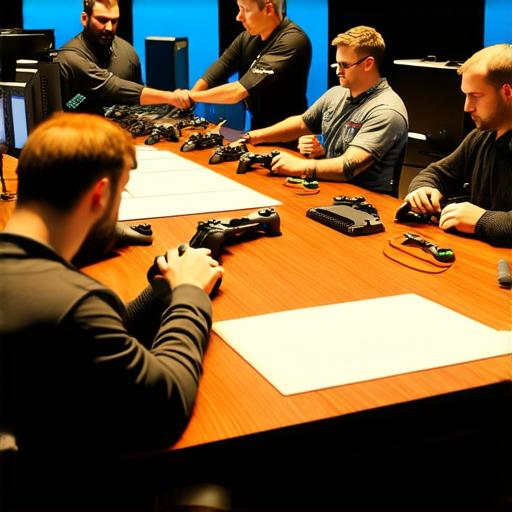Get high-quality images from professional 3D developers
As a 3D game developer, you know that creating high-quality images is essential for making your games look professional and engaging. However, getting high-quality images can be challenging, especially if you don’t have access to professional 3D developers.
The Importance of High-Quality Images in 3D Games
High-quality images are crucial for 3D games because they make the game look more realistic and engaging. Low-quality images can be distracting and detract from the overall user experience. High-quality images can also help you showcase your skills as a developer, which is important if you plan to attract clients or sell your games.
How to Find Professional 3D Developers
There are several ways to find professional 3D developers, including:
- Online marketplaces: There are many online marketplaces where you can find freelance 3D developers. Some popular options include Upwork, Freelancer, and Fiverr. These platforms allow you to post your project requirements and receive bids from multiple developers.
- Social media: Many 3D developers have a strong presence on social media platforms such as Instagram, Facebook, and Twitter. You can search for hashtags related to 3D development and engage with the community to find potential developers.
- Referrals: Ask other 3D game developers or industry professionals if they know of any good 3D developers. They may have worked with them before or know someone who has.
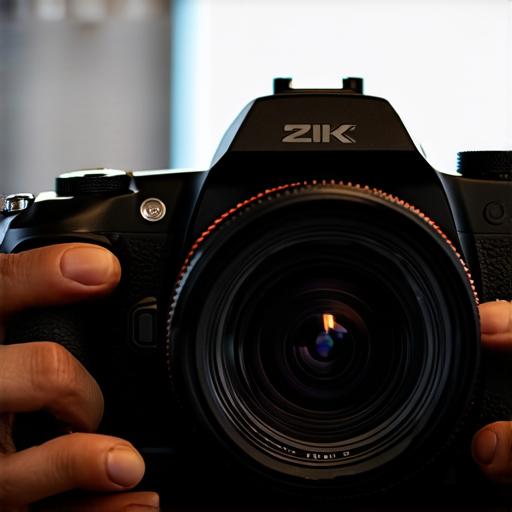
How to Communicate with Professional 3D Developers
Once you’ve found a professional 3D developer, it’s important to communicate effectively to ensure that you both understand the project requirements and expectations. Here are some tips for communicating with professional 3D developers:
- Be clear about your project requirements: Before starting any project, make sure you have a clear understanding of what you need from the developer. This includes the type of images you need, the resolution, and the style.
- Provide examples: If you have specific ideas or concepts in mind, provide examples to help the developer understand what you’re looking for. This can include screenshots, sketches, or even a rough 3D model.
- Set realistic expectations: It’s important to set realistic expectations with your developer. Make sure they understand your budget, timeline, and any other constraints that may impact the project.
- Communicate regularly: Stay in touch with your developer throughout the project to ensure that you both are on track and any issues are addressed promptly.
Case Studies of High-Quality Images from Professional 3D Developers
To illustrate the benefits of working with professional 3D developers, let’s take a look at some case studies of high-quality images they’ve created for 3D games.
The Witcher 3: Wild Hunt by CD Projekt Red
The Witcher 3: Wild Hunt is one of the most popular and highly-rated 3D games of all time, in part because of its stunning visuals. The game’s lead developer, Paweł Zadorski, worked closely with a team of professional 3D developers to create the game’s environments and characters.
Thanks to their expertise, the game features incredibly detailed and realistic environments that are filled with small details that help bring the world to life. The game’s characters are also highly detailed, with each one featuring unique facial expressions and clothing.
Uncharted 4: A Thief’s End by Naughty Dog
Uncharted 4: A Thief’s End is another example of a 3D game that features high-quality images thanks to the work of professional 3D developers. The game’s lead developer, Neil Druckmann, worked with a team of artists and designers to create the game’s stunning visuals.
The game features incredibly detailed environments that are filled with small details that help bring the world to life. The game’s characters are also highly detailed, with each one featuring unique facial expressions and clothing. The game’s cinematic storytelling is also enhanced by the high-quality images.
The Last of Us Part II by Naughty Dog
The Last of Us Part II is another example of a 3D game that features high-quality images thanks to the work of professional 3D developers. The game’s lead developer, Shawn Lee, worked with a team of artists and designers to create the game’s stunning visuals.
The game features incredibly detailed environments that are filled with small details that help bring the world to life. The game’s characters are also highly detailed, with each one featuring unique facial expressions and clothing. The game’s cinematic storytelling is also enhanced by the high-quality images.
FAQs
What makes a 3D image look realistic?
- A 3D image looks realistic when it features detailed textures, lighting, and shadows. It should also be optimized for the platform it will be viewed on.
How long does it take to create high-quality 3D images?
- The time it takes to create high-quality 3D images depends on the complexity of the project and the skills of the developer. It can take anywhere from a few days to several months, depending on the scope of work.
Can I hire a freelance 3D developer for my project?
- Yes, you can hire a freelance 3D developer for your project. There are many online marketplaces where you can find qualified developers who can work on your project remotely.
How much does it cost to create high-quality 3D images?
- The cost of creating high-quality 3D images depends on the complexity of the project, the skills of the developer, and the platform it will be viewed on. It can range from a few hundred dollars for simple projects to tens of thousands of dollars for more complex projects.
Summary
Creating high-quality images is essential for any 3D game, and working with professional 3D developers can help you achieve the best results. By finding the right developer, communicating effectively, and setting realistic expectations, you can create stunning visuals that will make your game stand out from the competition. Whether you’re a beginner or an experienced game developer, by following these tips and working with professional 3D developers, you can create high-quality images that will bring your games to life.







